絶滅危惧種のエゾヒグマ 日本から9,000 km離れた新しい永住の地へ輸送
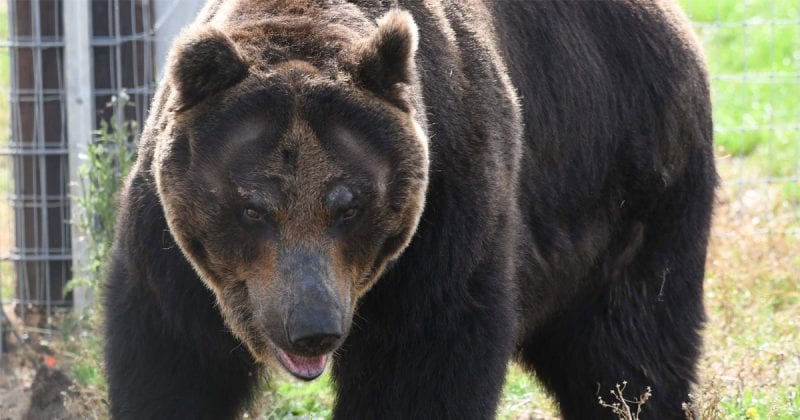
旅慣れた人間でさえ、9,000kmにおよぶ20時間の旅路は、ストレスを感じると思います。
しかし、別名ハイイログマとしても知られる絶滅危惧種のエゾヒグマ4頭は、動揺することもほとんどなく2018年8月 日本からイギリスへと到着する事ができました。
輸送中は困難な状況に耐える必要もなく、食事から輸送中の温度まで、安全かつ快適な環境下で過ごしました。
エゾヒグマ4頭 (27歳のハナコとアム、14歳のリクとカイ)は、北海道から新しいすみかとなる英国ヨークシャー野生動物公園(Yorkshire Wildlife Park)までの9,000kmにおよぶ旅路を、きわめて細心の注意のもと、無事に移送されました。
エゾヒグマ1頭あたりの体重は最大で550kg、体長は2.4mにもなり、平均寿命は約35年です。しかしながら、違法な密猟や生息地の減少によって、今や絶滅の窮地に立たされています。
国際自然保護連合の絶滅危惧種リストにも掲載され、現在日本に残っている野生のエゾヒグマはわずか10,000頭となります。
アイヌ民族博物館は、エゾヒグマにとって良い環境と彼らが必要とする生涯のケアを受けられるヨークシャー野生動物公園へ移送することを決めました。
安全かつ快適な環境を維持しながら移送するという重要な目標のもと、ヨークシャー野生動物公園のチームや様々な関係者が緊密に協力し準備を行いました。
快適な輸送について
これまで地上を徒歩でしか旅したことのない動物にとって、長い空路となると混乱する可能性があるため、エゾヒグマが旅路を快適に過ごせるよう手配することが重要です。
そのため、生息地である気候に可能な限り近い温度を保つことが求められます。
「エゾヒグマが20時間以上にわたる旅路を快適に過ごせるよう輸送することは、至難の業ですが、最適なソリューションを提供することは私たちの使命です」とDHLグローバルフォワーディングジャパン株式会社 東京航空貨物 事業部長である木下 望は述べています。
エゾヒグマの輸送には、国際航空運送協会の定める「生きている動物に関する規則」に準拠した安全な輸送箱が1頭ごとに用意されました。
輸送に同行した獣医師と動物ハンドラーを含むスタッフは、トラック輸送から空輸、ヨークシャー野生動物公園へ到着するまで、3〜18°Cの特別な温度環境であることを随時確認を行いました。
また、新千歳空港の貨物ターミナルでは、飛行機への搭載を待つ間も涼しい温度を保つため、エゾヒグマは保冷剤や扇風機の風にあたり、快適に過ごすことができました。
DHLグローバルフォワーディングジャパンの輸送チームは、輸送に向けて、様々な関係者と緊密に協力し、輸送時間を最小限に抑えられるように手配しました。
実際に輸送を行う前には、1か月以上前からDHL、アイヌ民族博物館、ヨークシャー野生動物公園、地方自治体、動物愛護協会との間で電話会議が開かれ、複雑な航路の計画および調整を行い、エゾヒグマにとって最適な輸送をカスタマイズしました。
「アイヌ民族博物館の方と連携し、4頭の壮大なエゾヒグマを輸出するための通関手続きや国内輸送について、事前に北海道と東京の役所へご相談する必要がありました。
取り扱いやトラックが走行する道路ルート、トラックへの積み込み、輸送計画などの詳細の情報を記載した文書をそれぞれの役所へ提出しました」と木下は述べています。
輸送中はエゾヒグマにとって、安全かつ快適な環境を維持する事が最も重要であったため、専任の獣医師と動物ハンドラーが常に同行していました。
「エゾヒグマ4頭は、当社の動物ハンドラーであるサイモン・マーシュと獣医のアラン・テベンデールと一緒に旅行しました。アランテ・ベンデールは現在も公園にて彼らのケアをしています。輸送中は、きわめて細心の注意を払いました」とヨークシャー野生動物公園の代表取締役であるマークトーマス氏は述べています。
ファーストクラスの輸送対応
「幸いにも、関係者全員の努力は報われ、エゾヒクマは輸送中の動きにも全く動じなかった、と同行者より報告を受けています。
その中でも唯一、エゾヒクマのハナコは、見慣れない輸送中の光景に興味津々の様子でした。ハナコは積み込み時にも、遊び心でホースパイプをつかもうとしたり、我々の動きをよく観察していました」とヨークシャー野生動物公園のマネージャーであるデビー ポーター氏は述べています。
長い旅路を終えた多くの旅行者がするように、エゾヒクマ4頭は無事に最終目的地に到着した後は、体を伸ばしたり、プールに入ってリラックスする様子がありました。
こうしてエゾヒクマは、ヨークシャー野生動物公園の最新リハビリテーションセンターの最初の住人として、新しいすみかへ辿り着くことができました。
エゾヒクマは、2.5エーカーにおよぶ特別保護地(サッカー場より少し広いエリア)で必要なケアを受けた後、エゾヒグマ専用のエリアに移ります。
「私たちは、エゾヒグマに必要な生涯のケアを受けられる、新しいすみかを提供できることに心躍らせています。」とヨークシャー野生動物公園のCEOを務めるでジョン ミニオン氏は述べています。


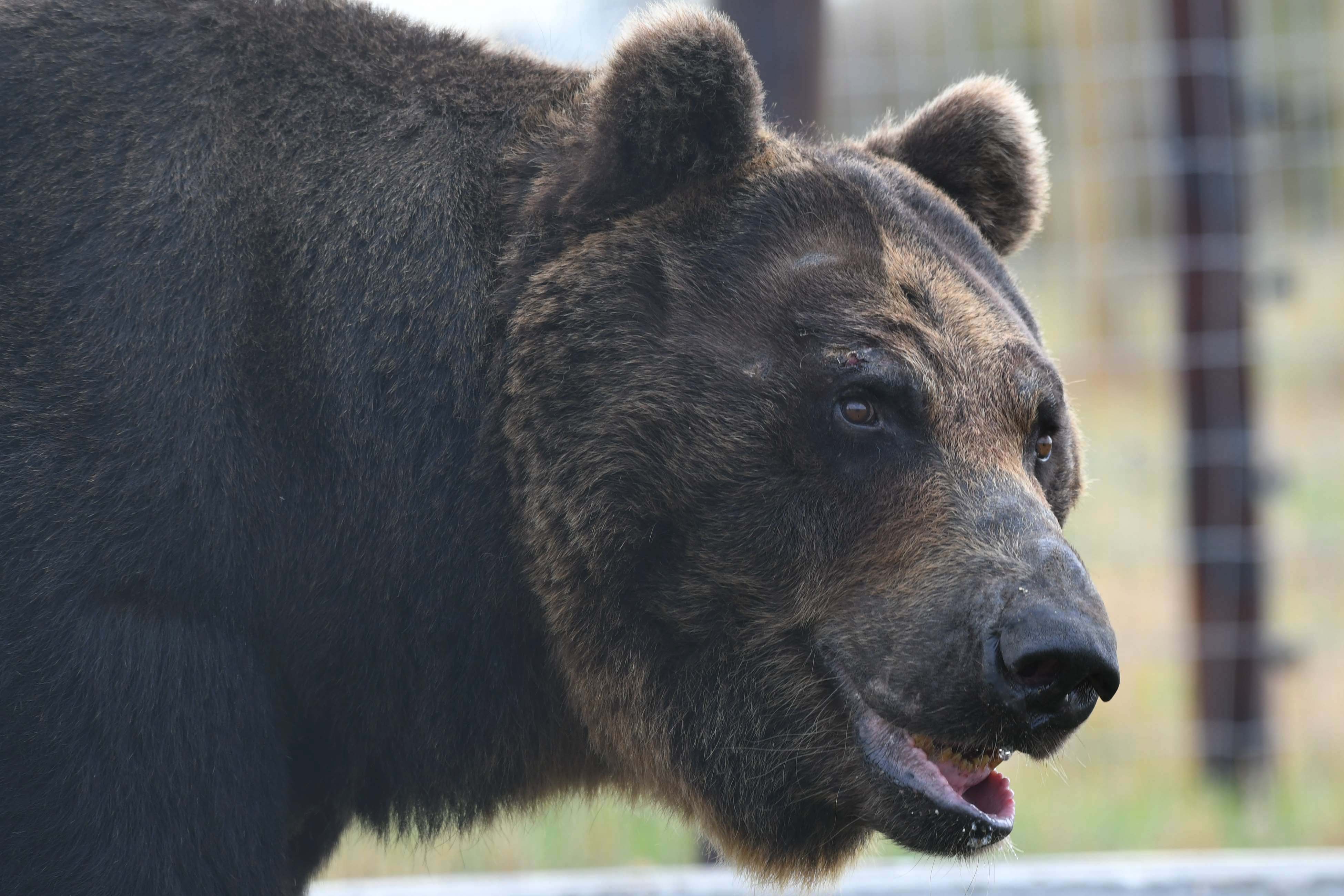
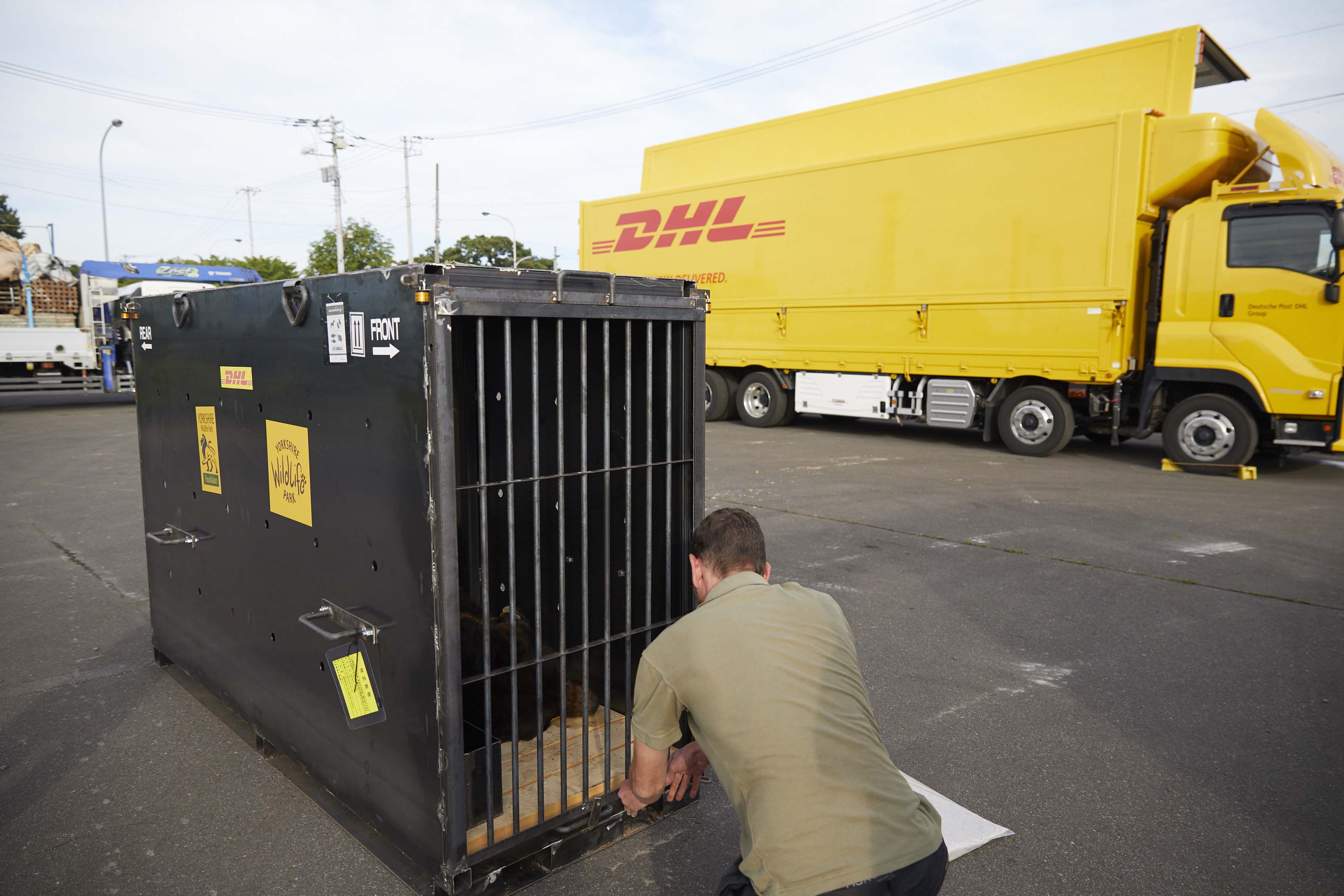

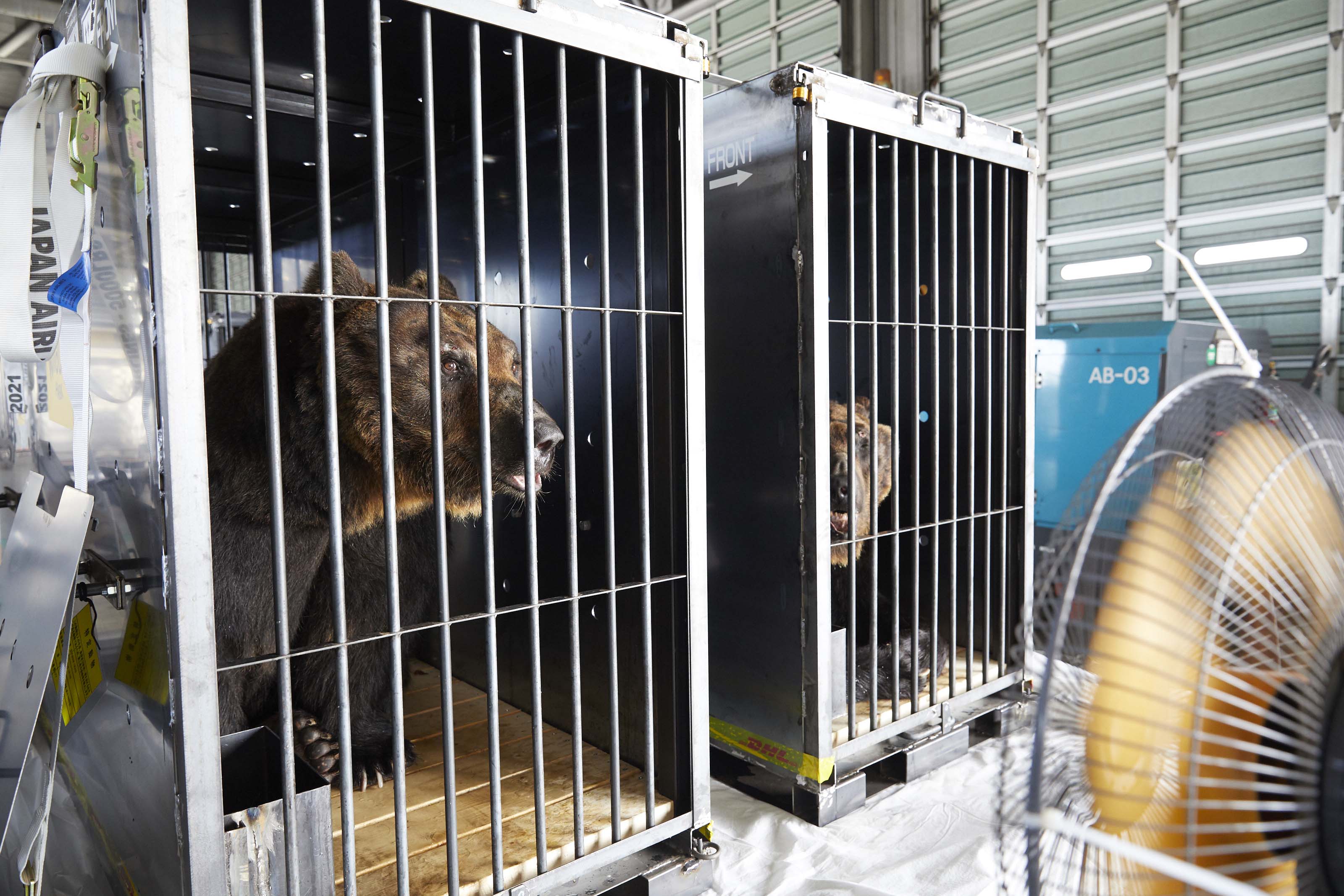
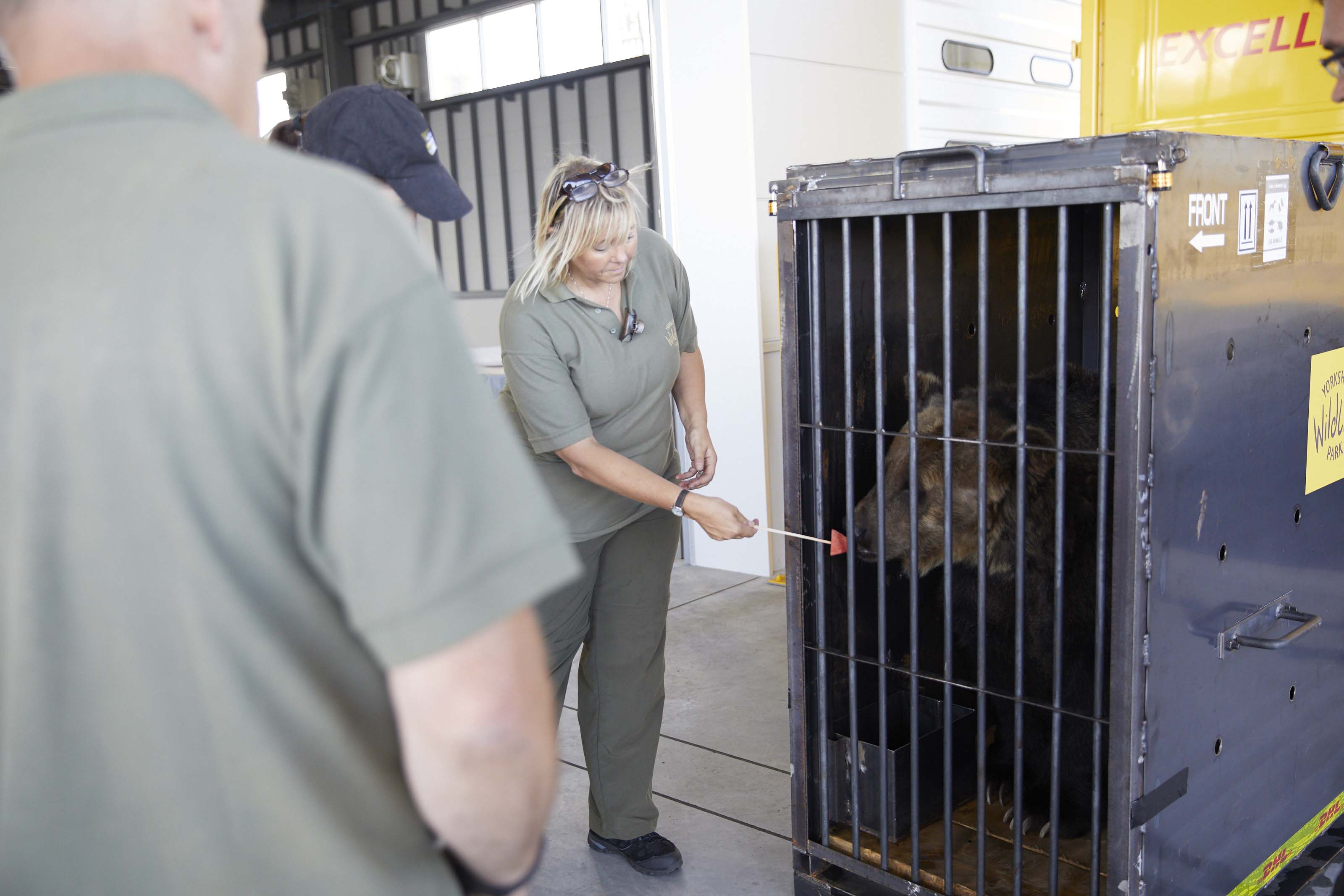
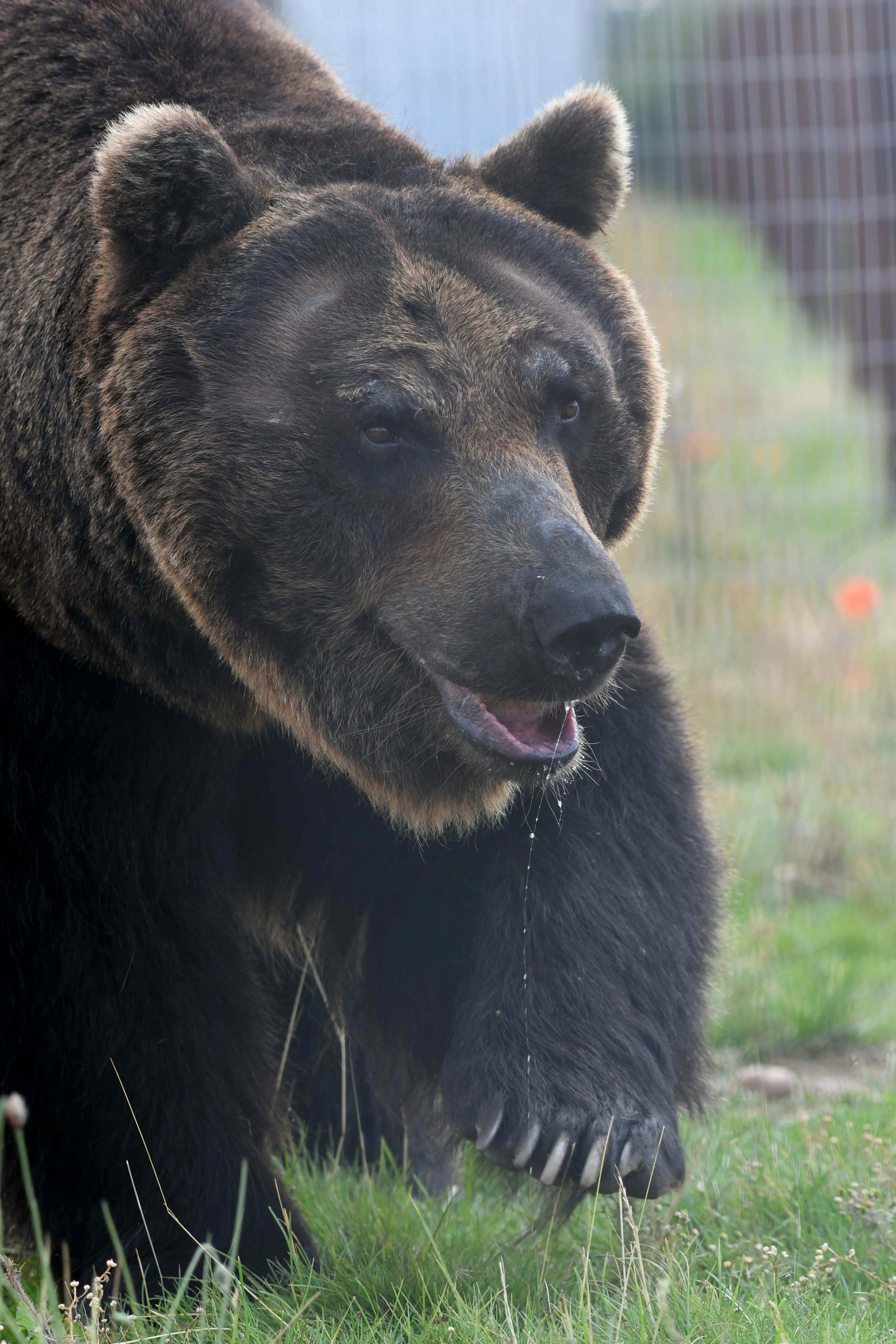
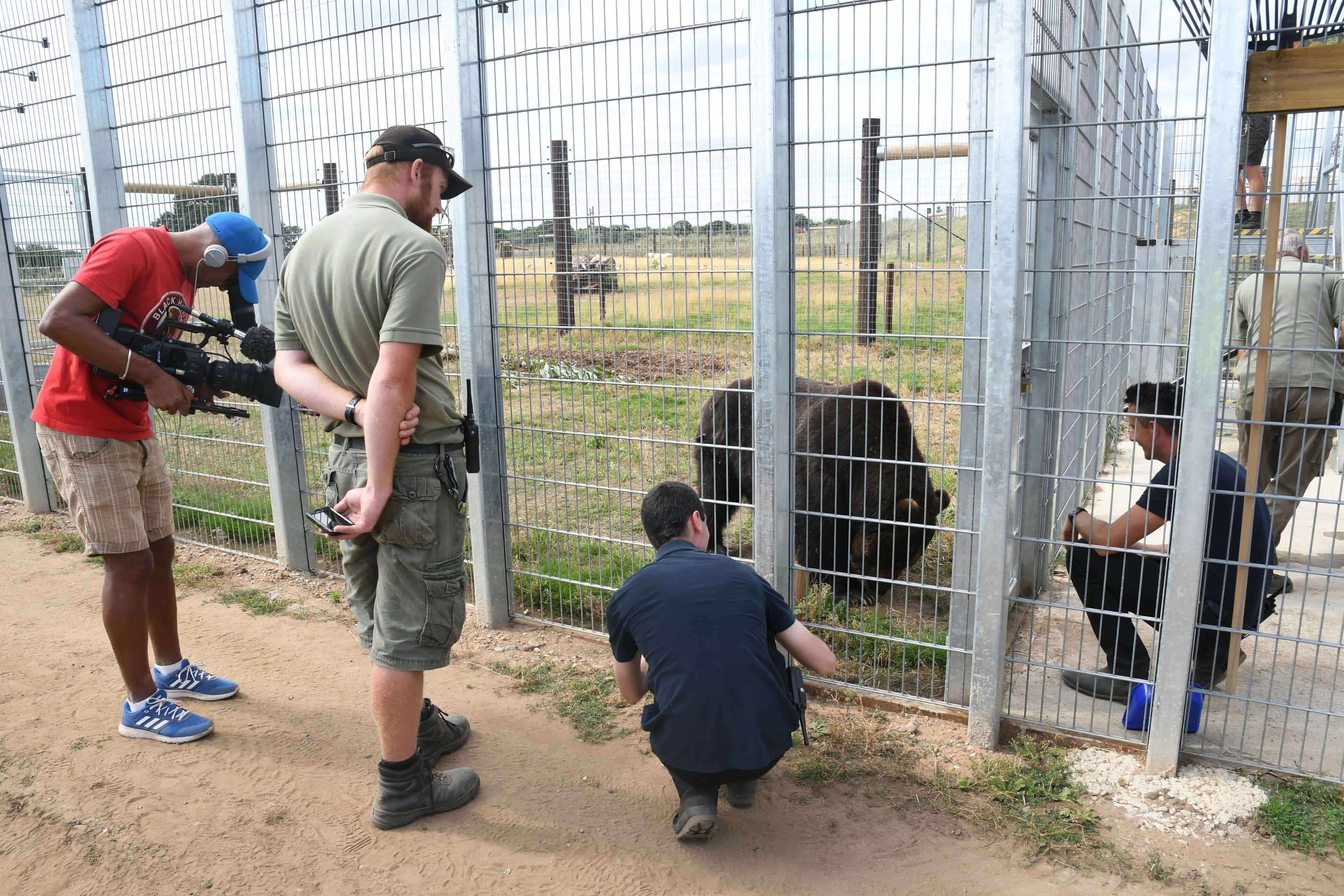
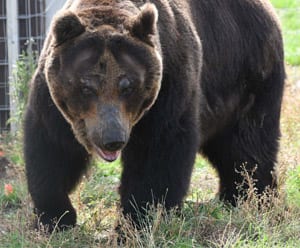


 日本語
日本語